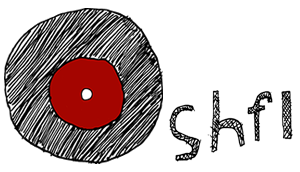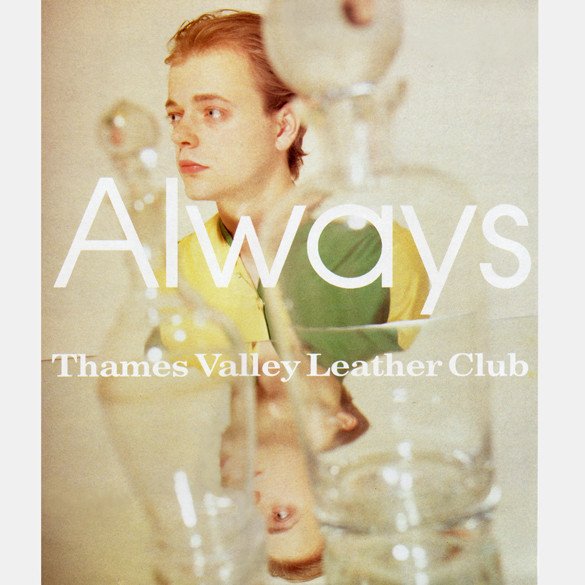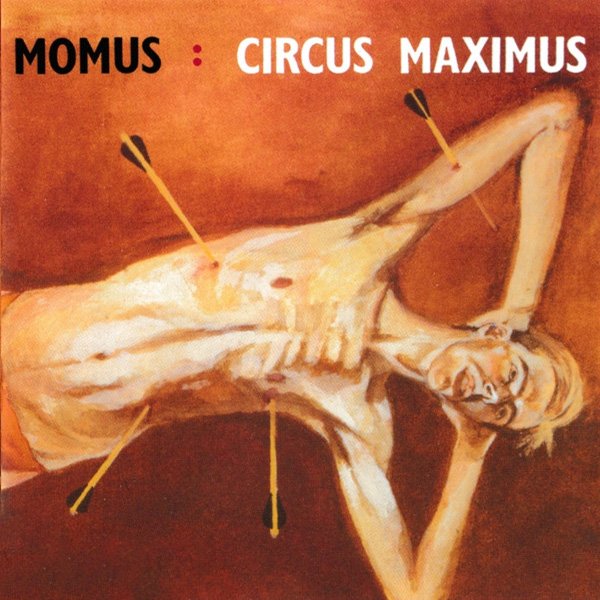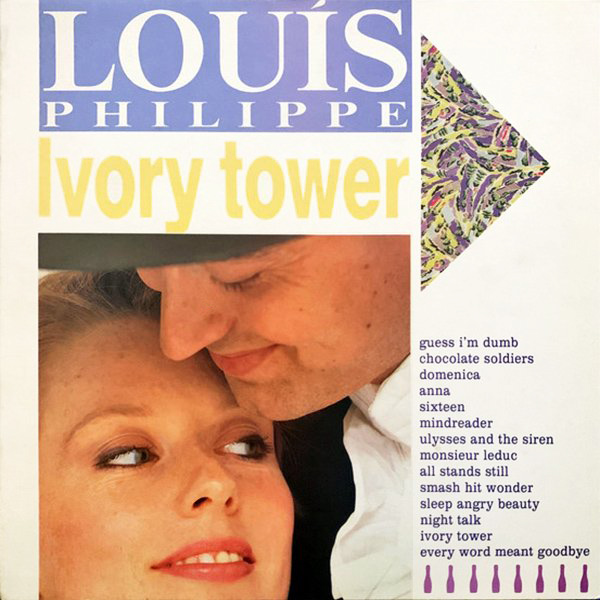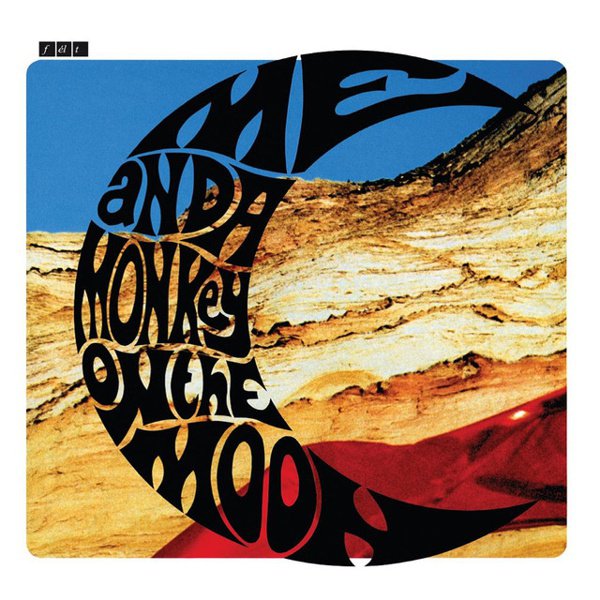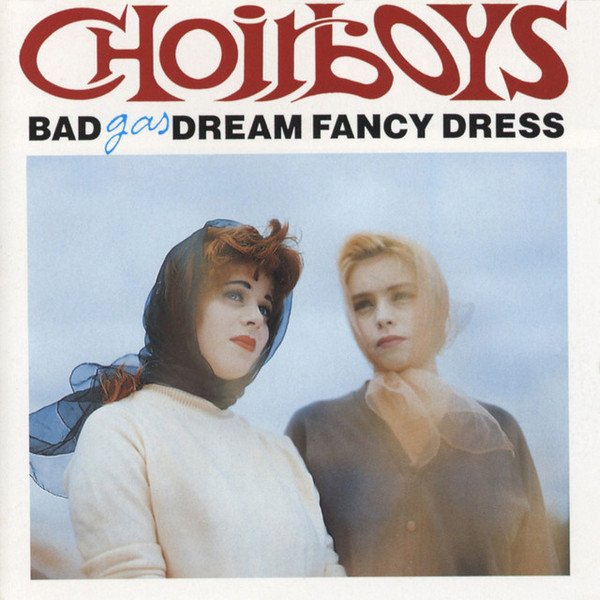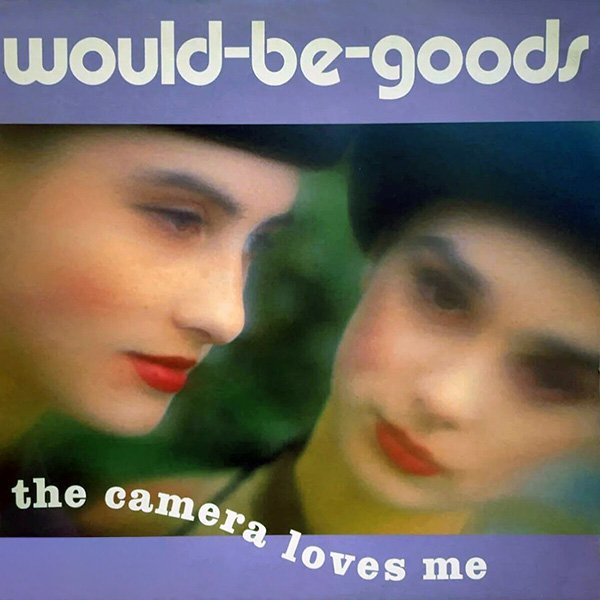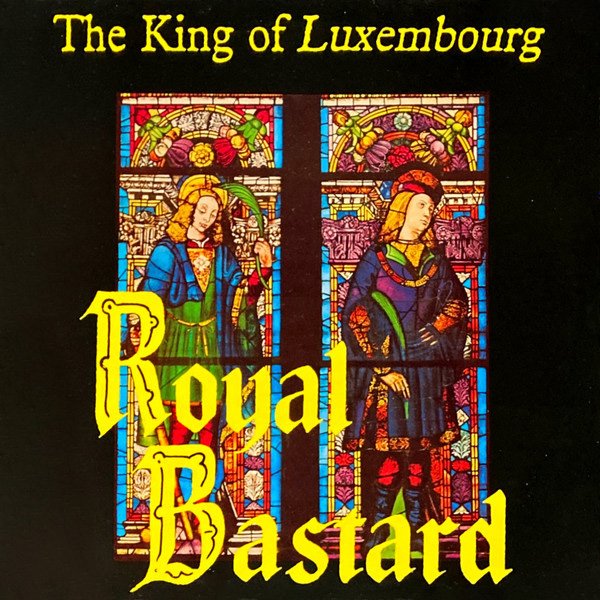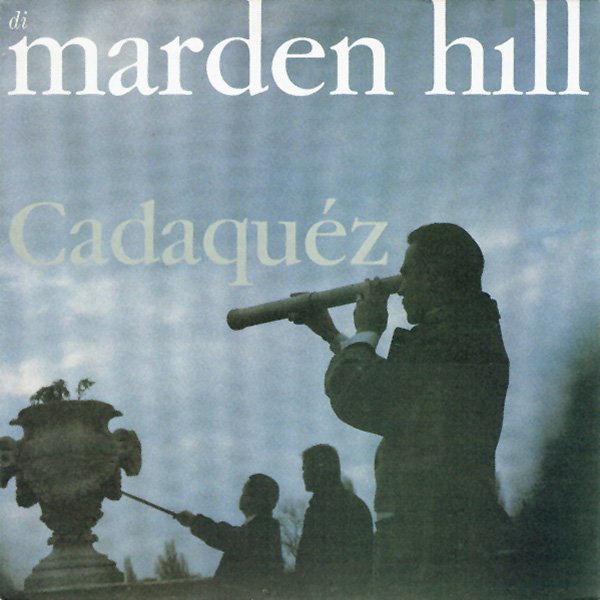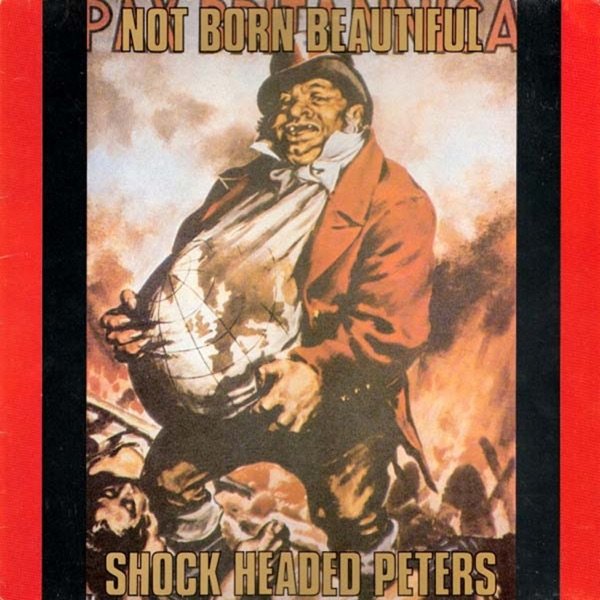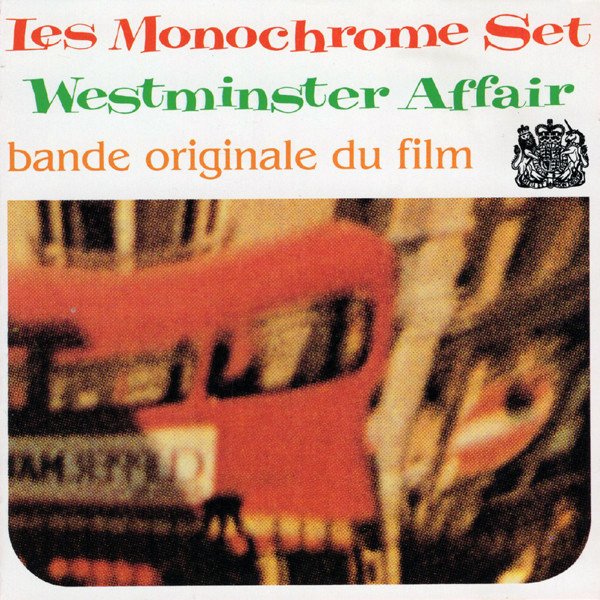No other independent record label – not Alan McGee’s Creation, Ivo Watts-Russell’s 4AD, Andrew Loog Oldham’s Immediate, or even Berry Gordy’s Motown – revolved so comprehensively around the vision and philosophy of its founder as él Records and Mike Alway.
Briefly the manager of Robyn Hitchcock’s The Soft Boys, Alway had previously been head of A&R at Cherry Red, transforming the label from a largely distribution setup into a distinct imprint in its own right via signings such as The Monochrome Set and Young Marble Giants, and masterminding the classic 1982 compilation Pillows & Prayers. Alway then co-founded Blanco Y Negro with Rough Trade’s Geoff Travis, but, disillusioned with the reality of operating within the purse strings of a major, he wanted full autonomy when it came to his next venture.
Inspired by afternoons spent watching VHS recordings of cult 60s TV shows The Avengers and The Prisoner in the basement room he was renting from Ben Watt of Everything But the Girl’s parents, Alway launched él Records as a living embodiment of his own refined cultural tastes.
At odds with how labels were run at the time, independent or otherwise, Alway saw himself more like a 1960s impresario and svengali than someone who signed artists they liked and thought might sell a few records — not so much taking a hands-on approach as wielding complete control over every aspect of the label’s output, from the artwork right down to choosing the song titles.
“In order to keep within the conceptual boundary of the project, artists would be ‘cast’ rather than ‘found’ and attired accordingly,” Always explained in the sleevenotes to 2025 compilation The Rubens Room: él Records In Camera. “Nothing would be imposed, but mutually agreed.”
As such, singles and albums were seen less as standalone releases and more as part of Alway’s ongoing artistic vision.
“With Blanco Y Negro the attitude of the groups was very “me me me” and career-orientated,” Alway told the writer Mark Goodall. “With él, I was always very clear - this is an experiment, a collaboration between us. This is not your career, let’s have some fun, let’s see what happens and we will create a bit of art.”
The label’s name, taken from a film by Spanish-Mexican director Luis Buñuel, was a signpost of Alway’s cinephile obsessions that would permeate both the music and visual presentation of él releases, the latter shaped with the help of photographers Nick Wesolowski and Pete Moss, and designer Jim Phelan. Unlike say, Rough Trade or Mute, Alway envisioned él as a cross between Andy Warhol’s Factory and the Brill Building, with a core team of artists on the label writing, arranging and producing for other signings and serving the creative whole. Nicholas Currie (recording on él as Momus), Philippe Auclair (aka Louis Philippe), Dean ‘Speedwell’ Brodrick, and producer Richard Preston would be key in making sure everything on él was consistent with Alway’s vision.
él has been called “the most innately English record label there has ever been,” yet there was far more of an internationalist flavour to its collision of retro pop sounds, film, fashion and graphic design. Exotica, bossa nova, easy listening, Italian film scores and French yé-yé were all part of the mix alongside 60s bubblegum and chamber pop.
Resolutely anti-rockist (Alway discouraged his artists from touring or even performing live) and entirely un-macho, él envisioned “a pop world beyond leather jackets and jeans” and the label’s commitment to elegance and beauty over the vulgarity of guitar noise and 80s production polish created releases of a delicate sensitivity that made the decade’s most celebrated indie aesthetes The Smiths seem like a gang of brutish ruffians.
The experiment only lasted four years, yet the likes of Pulp’s Jarvis Cocker, Saint Etienne’s Bob Stanley and Belle & Sebastian’s Stuart Murdoch were clearly listening and watching intently, and él became a cult phenomenon in Japan, its aesthetics and ideals having a profound effect on the shibuya-kei scene in the 90s that included Pizzicato Five, Kahimi Karie and Cornelius.
For further reading, do investigate Mark Goodall’s book, Bright Young Things: The Art and Philosophy of él Records, while the aforementioned The Rubens Room: él Records In Camera is a wonderful introduction to Alway’s singular world, compiled by the man himself. él was revived in 2005 as a reissues label, but here are ten select long-playing highlights from the label’s original run.
